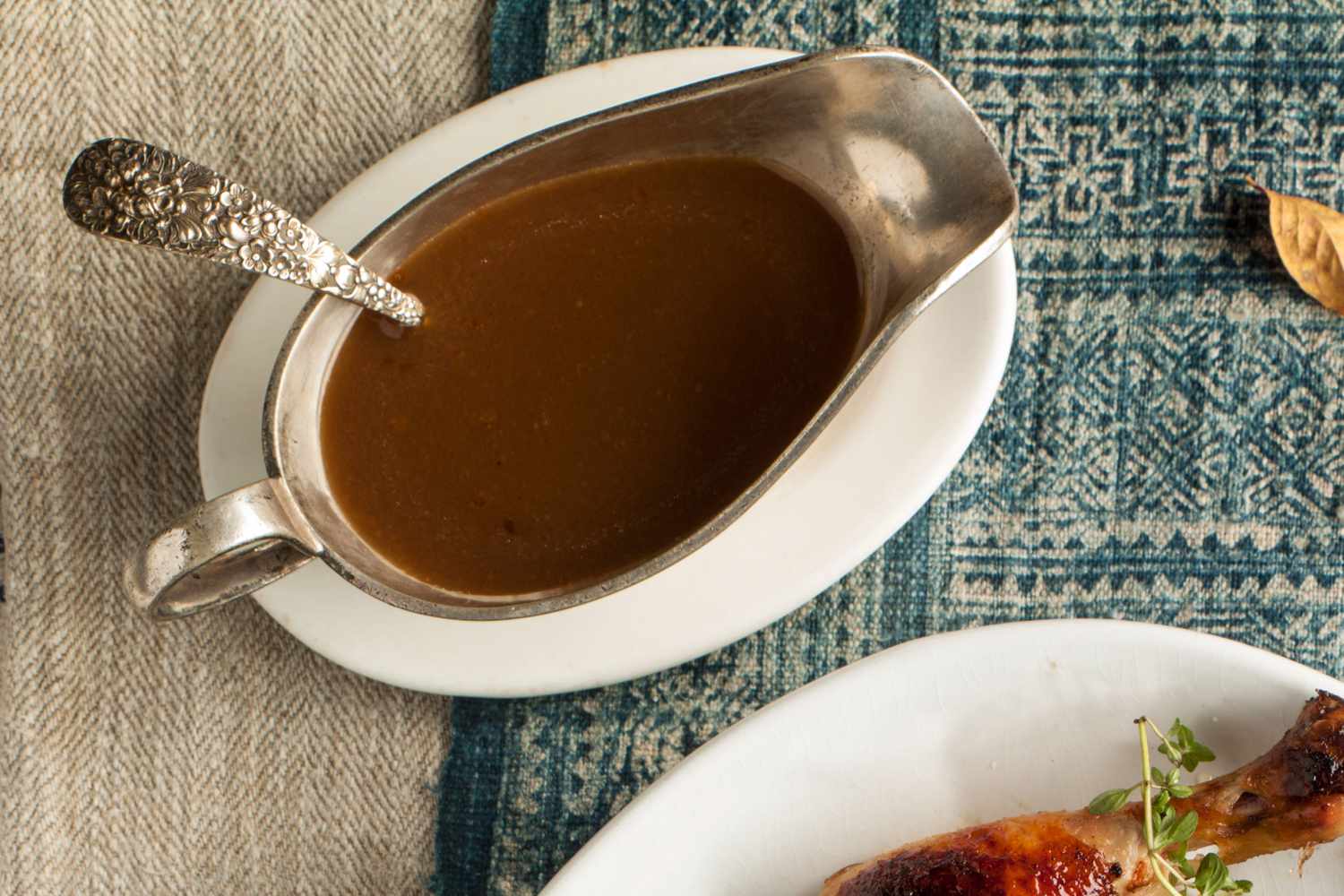Adobo Sauce: A Flavorful Staple in Mexican Cuisine
If you've ever dined at a Mexican restaurant or tried your hand at cooking Mexican cuisine at home, you may have come across the rich and flavorful adobo sauce. This versatile and aromatic sauce is a staple in Mexican cooking, adding depth and complexity to a wide range of dishes. But what exactly is adobo sauce, and how is it used in cooking? Let's delve into the world of adobo sauce and uncover its secrets.
What is Adobo Sauce?
Adobo sauce is a rich, reddish-brown sauce that originates from Mexico. It is made from a blend of tomatoes, vinegar, garlic, and a variety of spices. The key ingredient that gives adobo sauce its distinctive flavor is chipotle peppers, which are smoked and dried jalapeño peppers. These peppers lend the sauce a smoky, spicy, and slightly sweet flavor profile that is characteristic of many Mexican dishes.
How is Adobo Sauce Used?
Adobo sauce is incredibly versatile and can be used in a multitude of ways in the kitchen. Here are some common uses for adobo sauce:
-
Marinade: Adobo sauce is often used as a marinade for meats, particularly chicken and pork. The smoky, tangy flavor of the sauce infuses the meat with a delicious depth of flavor.
-
Sauce: Adobo sauce can be used as a sauce for tacos, enchiladas, and other Mexican dishes. Its rich and complex flavor adds a delightful kick to any dish.
-
Seasoning: In addition to being used as a marinade or sauce, adobo sauce can also be used as a seasoning for soups, stews, and rice dishes. Just a spoonful of this flavorful sauce can elevate the taste of a variety of dishes.
Making Adobo Sauce at Home
While you can easily find adobo sauce in stores, making it at home allows you to customize the flavors to your liking. Here's a simple recipe for homemade adobo sauce:
Ingredients:
- 3-4 dried chipotle peppers
- 3 tomatoes
- 1 onion
- 3 garlic cloves
- 1/4 cup apple cider vinegar
- 1 teaspoon dried oregano
- 1 teaspoon cumin
- Salt to taste
Instructions:
- Begin by rehydrating the dried chipotle peppers in hot water for 15-20 minutes.
- In a skillet, roast the tomatoes, onion, and garlic until they are slightly charred.
- In a blender, combine the rehydrated chipotle peppers, roasted vegetables, apple cider vinegar, oregano, cumin, and salt. Blend until smooth.
- Strain the sauce through a fine-mesh sieve to remove any remaining solids.
The Versatility of Adobo Sauce
One of the reasons adobo sauce is so beloved in Mexican cuisine is its incredible versatility. Whether you're grilling meats, simmering a stew, or simply looking to add a punch of flavor to your dishes, adobo sauce is a go-to ingredient. Its smoky, tangy, and slightly sweet flavor profile makes it a favorite among chefs and home cooks alike.
In conclusion, adobo sauce is a flavorful and essential component of Mexican cuisine. Its rich and complex flavors add depth to a wide range of dishes, making it a beloved staple in many kitchens. Whether you choose to purchase it from the store or make it from scratch at home, adobo sauce is sure to become a cherished addition to your culinary repertoire.
Was this page helpful?
Read Next: What Is 1 1/2 Teaspoons











